In recent months, pollsters with leftist affiliations have clearly published coordinated manipulative surveys designed to position the Tisza Party as a clear contender for the 2026 elections. Earlier, Magyar Nemzet reported in detail on this manipulative roundtable, showing that from October last year, nearly week after week, party preference survey results emerged from Median, the 21 Research Center, Publicus, the Republikon Institute, Zavecz Research, and the Idea Institute, all reporting the steady strengthening of Peter Magyar's party and its lead over the governing parties.
Division of labor in the manipulative network
The research results, visibly coordinated, suggest a kind of centralization and division of labor among the leftist firms.
The 21 Research Center appears to be at the heart of this network, playing a directing role, while the Iranytu Institute, once close to Jobbik and now affiliated to Median, provides data collection capacity. On the funding side, the familiar globalist NGOs appear, such as the Action for Democracy foundation, which played a key role in transferring campaign funds from the US to the Left in 2022.
Let's look at the details that confirm the operation of the network outlined.
Self-revealing admissions
This process is not without precedent. After the 2022 parliamentary elections, the aforementioned pollsters exposed themselves in an article by the 444.hu portal, revealing the methods they used to influence voter party preferences. Earlier, in March 2022, two weeks before the elections, Endre Hann noted that there were few public opinion polls because the press lacked funds to commission them. At the time, the head of Median told 444.hu: "In the 1990s, the media had far more money to order surveys, and with more surveys, a clearer picture could be obtained. The trend, however, has been clear since last fall: the primary election was a great success for the opposition, but since then, fluctuations and Fidesz's strengthening have been more typical."
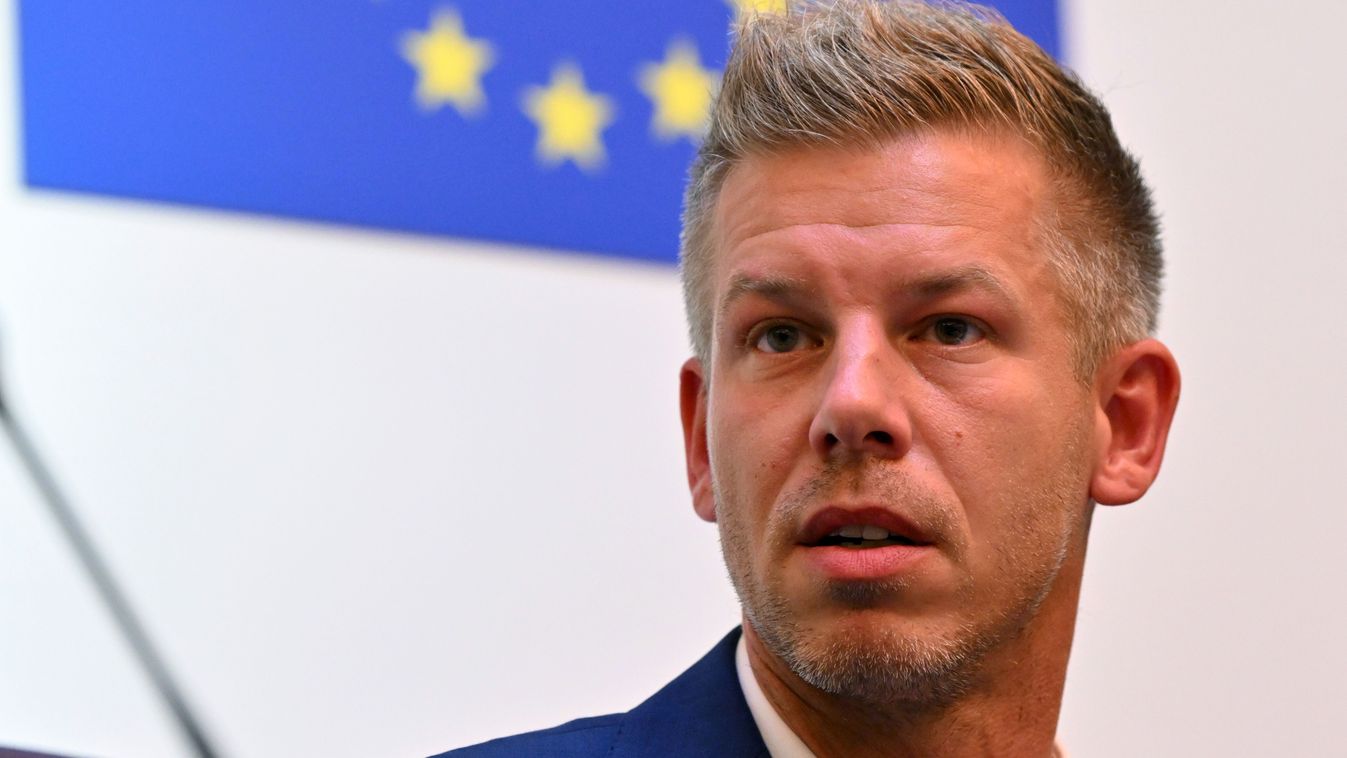

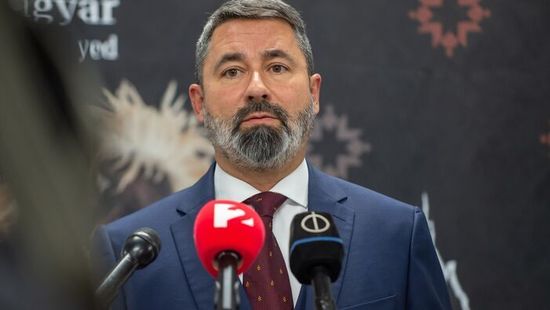

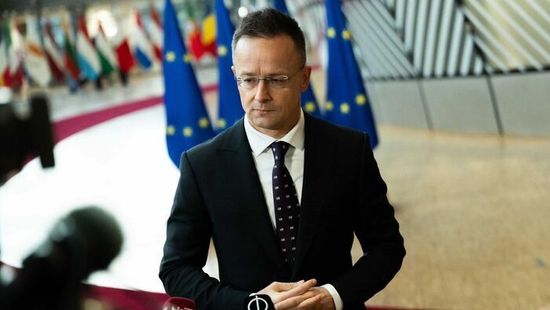








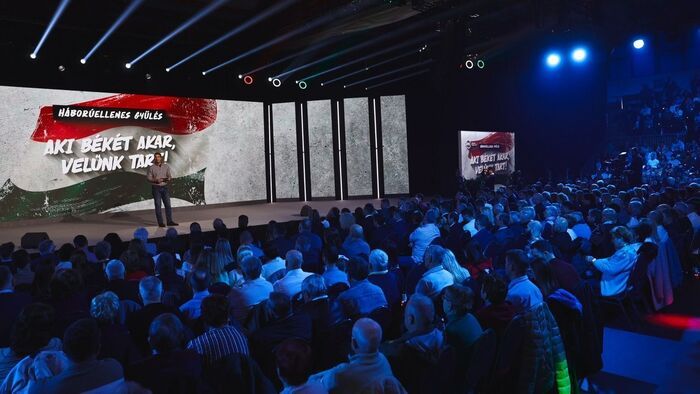


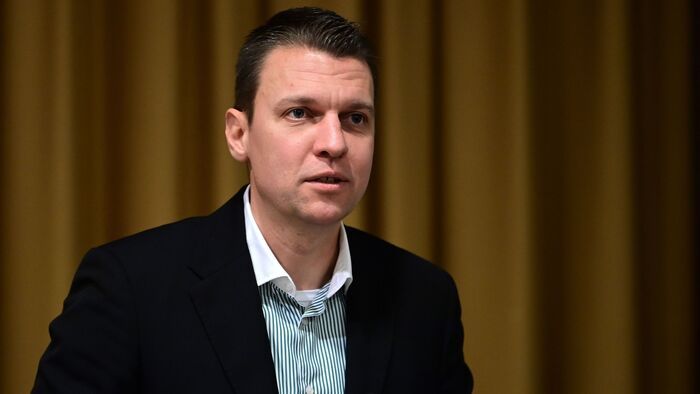



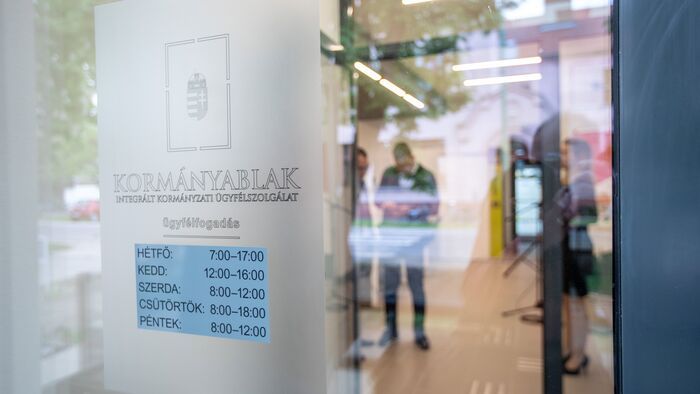


Szóljon hozzá!
Jelenleg csak a hozzászólások egy kis részét látja. Hozzászóláshoz és a további kommentek megtekintéséhez lépjen be, vagy regisztráljon!